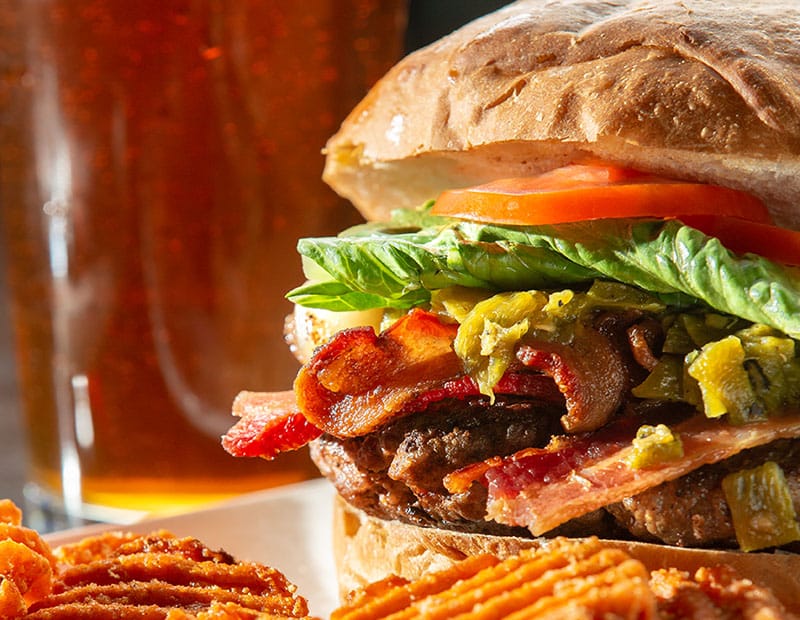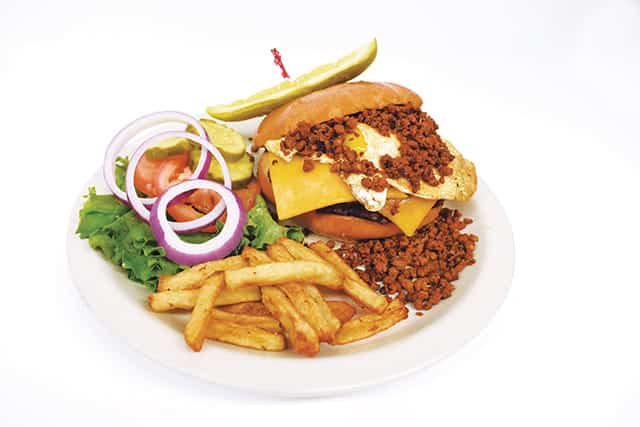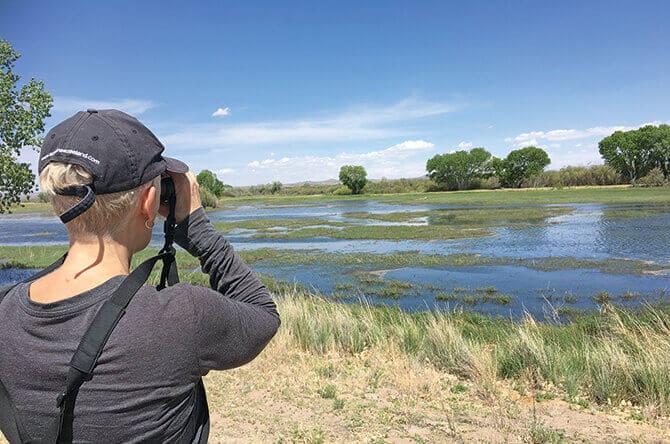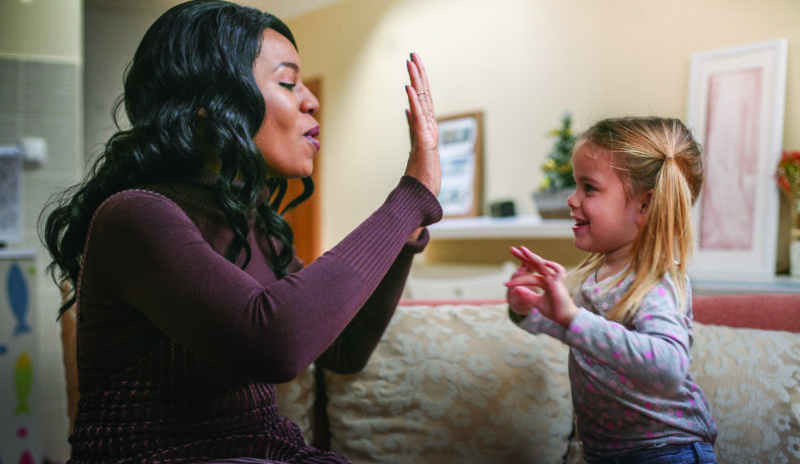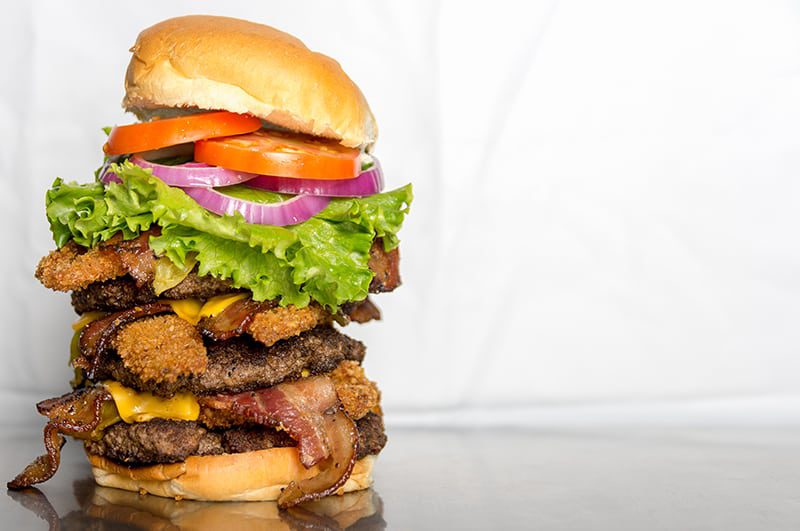I grew up in the era and culture of sun worshippers. As a child, I spent days on the beaches of Southern California without a drop of sunscreen. a drop of sunscreen, coming home looking like “a sunburnt lobster.” When I was a teen, my mom encouraged me to lie out in the sun slathered with baby oil to promote a deep, dark tan. Today, my dermatologist tells me I “got away with murder,” meaning I’m lucky I’ve only had one basal cell carcinoma so far.
I found that nonmelanoma cancer when I rubbed the top of my ear and it bled. I thought I had injured it in some way and kept an eye on it for a couple weeks. When it didn’t heal, I made an appointment with my dermatologist, who quickly diagnosed and removed it. “Lots of people,” he said, “ignore those until they’re a bigger problem.” I was glad I hadn’t waited.
Once we reach a certain age, we discover that our friends are frequent visitors to dermatologists to have melanomas and carcinomas treated. But don’t think for a moment that skin cancers only threaten those over the age of 60. Young people also die from melanomas, the most serious and deadly form of skin cancer. According to the American Cancer Society, while melanoma is most frequently found in those 65 and older, it is one of the most common cancers found in those under 30.

For years, my friend and fellow member of our editorial team, Elaine Stachera Simon, was in stark contrast to me with her dedication to avoiding exposure to the sun. If we walked together on a lovely day, I’d be wearing shorts and a sleeveless top, happily soaking up the rays. She, on the other hand, usually wore long sleeves and pants, a wide-brimmed hat, and sometimes carried an umbrella.
After discussing our differing attitudes towards solar exposure, we discovered that while my mom encouraged time in the sun, hers did the opposite. Guess what? Her mom was right! Leaving my most recent visit to the dermatologist, loaded with dire warnings and handy brochures, I decided to change my ways. The American Cancer Society says that about 7,650 people are expected to die of melanoma in the United States this year. Fair-skinned individuals are more susceptible to skin cancer than those with darker skin. The Cancer Society warns that “Whites with red or blond hair, blue or green eyes, or fair skin that freckles or burns easily are at increased risk.”
We’re not going to show you scary photos of skin cancer in this article, but we are going to talk about ways to prevent it. Keep in mind that we’re at high altitude in Southern New Mexico, which means the air is thinner and we’re already at a higher risk for skin damage due to sun exposure. In other words, we have to take these tips even more seriously to keep our skin healthy.
Parents and grandparents should start protecting the vulnerable skin of youngsters now. Children under six months of age should not wear sunscreen, but you can use the other ideas below. Protect their skin early to avoid skin cancer in the future!
1. Limit exposure
Avoid the strongest hours of daylight, generally from 10 a.m. until 4 p.m. Once the heat of summer is here, we tend to do that anyway, but consider doing it year-round. If you are outdoors during those hours, seek the shade or use the following suggestions, as only five minutes of sun exposure can cause damage to your skin.
2. Sunscreen
Sunscreen is one way to protect your skin, but most people don’t wear an adequate amount, don’t re-apply it frequently enough, and don’t use the right skin protection factor. For the average person, a shot glass full of sunscreen is the correct amount to apply to exposed skin when wearing a bathing suit. Chemical sunscreens need to be applied at least 15 minutes prior to sun exposure, and all sunscreens need to be reapplied at least every two hours. Experts recommend using a broad-spectrum sunscreen that protects against both UVA and UVB rays and is 30 SPF or higher. Watch out for old bottles of sunscreen stashed in your medicine cabinet. Check the expiration date or, if there is none, look to see if the color has changed to yellow or the liquid has separated. If that’s the case, chuck it and invest in a new bottle. Finally, be sure to cover areas that may be neglected, like your nose, the tips of your ears, the back of your neck and hands, and the tops of your feet.
 3. Sun protective clothing
3. Sun protective clothing
Clothing can help protect your skin from the sun and doesn’t require you to reapply it. One of the brochures my doctor shared showed me that many companies now sell comfortable and fashionable clothing with a high Ultraviolet Protection Factor (UPF). I purchased a soft, breathable, and light-weight long-sleeved T-shirt and a swingy wrap from Coolibar that would look nice anywhere and provides 50 UPF. I even bought a toddler-sized shirt and sent it to our grandson in Southern California (it has a dinosaur on it, so he’s sure to love it!).What about your regular clothes? According to the Skin Cancer Foundation, a white T-shirt provides a UPF of about seven, and only about three when wet. However, if you wear a dark, long-sleeved denim shirt, you can get complete sun protection. The best regular clothes for sun protection are dark, densely woven, and loose-fitting. See skincancer.org for more information.
4. Hats
Ball caps may protect the top of your head, but they don’t protect your ears or neck. A wide-brimmed hat is a better choice if you want to avoid my experience with the carcinoma on the tip of my ear! A hat with a chin strap would be handy so you aren’t chasing your hat across the desert when the wind blows.
5. UV-blocking sunglasses
You’ve surely heard about cataracts, but did you know that you can develop ocular melanomas? To help prevent damage to your eyes, wear sunglasses that are labeled “UV absorption up to 400 nm” or “Meets ANSI UV requirements.” These glasses will block up to 100 percent of UVA and UVB rays. If, like me, you have Transitions® lenses for your glasses that get darker when you go outside, they block 100 percent of the harmful rays when you’re outdoors. However, the UV protection in windshields prevents the glasses from fully activating to their darkest point when you’re in a car.
6. Pucker Up
Your lips need to be protected, too. When in the sun, frequently apply a lip balm with an SPF of 30 or greater. Non-SPF lip balms and glosses can actually increase the chance of burning your lips.
If you have any concerns about something that could be skin cancer, see your dermatologist without delay. Remember that melanoma is not only skin deep. By following these tips, you can enjoy the great outdoors in desert Southwest or at the beach on vacation while keeping your skin, and yourself, safe!
WHAT DOES IT DO?
According to the Skin Cancer Education and Research Foundation:
A properly applied broad-spectrum sunscreen with an SPF of at least 30 will block at least 97 percent of the sun’s UVB rays.
Clothing with a UPF rating of 50 means that only two percent, or one-fiftieth, of UV rays can penetrate the fabric.
Story by Cheryl Fallstead
Courtesy photos
Originally published in Neighbors magazine
Posted by LasCruces.com
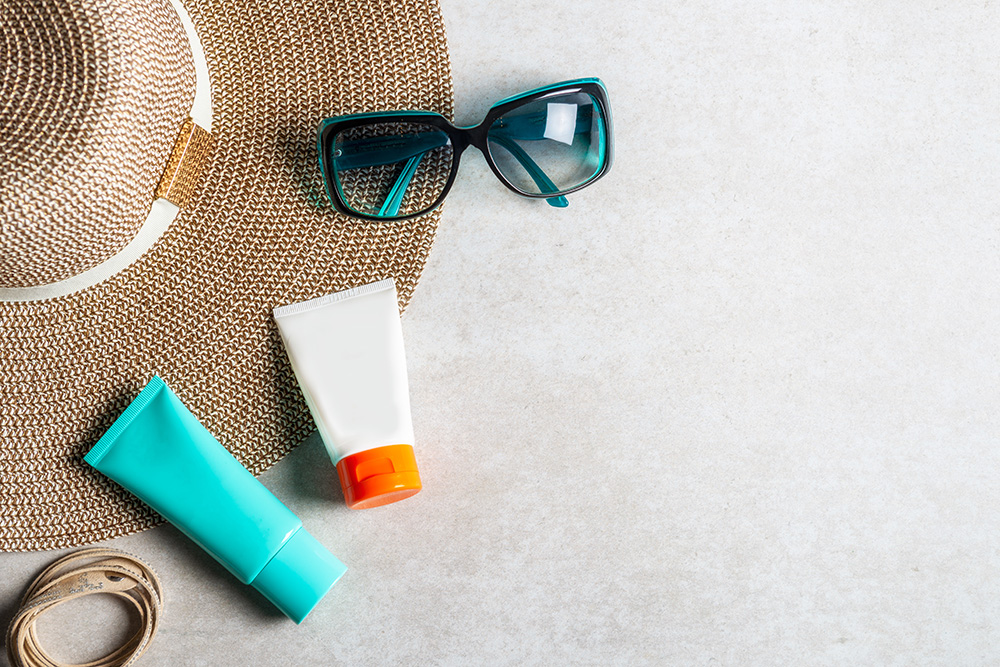
 3. Sun protective clothing
3. Sun protective clothing




